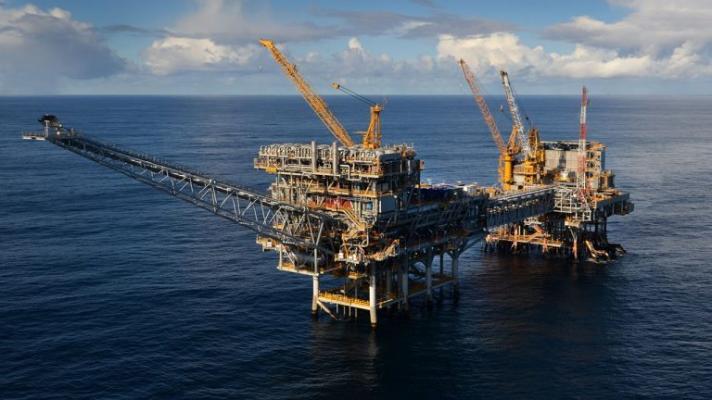ExxonMobil and other oil companies are generating an environmental impact in the Venezuelan Esequibo and Orinoco territories, an occupation that is illegal because is being carried out in an area in dispute between Venezuela and Guyana, something that has violated all previous agreements.
Although the U.S. company has a greater dominance in all political conditions and geopolitical decisions of Guyana in relation to the Venezuelan government, there are other oil companies that have been positioning themselves in that territory.
A report by journalist Werther Sandoval published in Últimas Noticias points out that the environmental impact that could be generated is worrisome.
"The Stabroek block, located within and off the Venezuelan Essequibo, is exploited by ExxonMobil subsidiary Esso Exploration and Production Guyana Limited (EEPGL), U.S.-based Hess Corporation and China National Offshore Oil Corporation (CNOOC), China's third largest national oil company," he says.
Sandoval points out that in this 27,000 km2 block the oil companies discovered in the reservoir about 10 billion barrels of recoverable oil equivalent.
The breakdown of the participation is as follows:
- EEPGL 45%
- Hess 30%
- CNOOC 25%
The plan, both of the oil companies and Guyana, is to generate a development area in the territory, which could generate an environmental impact. "Along with the investments, the risk of environmental disasters is growing. The records of these companies explain that clearly" says the oil expert.
The truth is that the environmental impact of oil companies in the territory is already being felt. The Guyana Marine Conservation Society (GMCS) registered "extremely low" levels of salinity in the river and "some areas close to the Atlantic Ocean presented an increase in electrical conductivity, which indicates a higher salinity", according to the report.
This happens even though the companies are committed to treating the production water, which has high salinity because it is extracted from the depths of Guyana's seabed. The salinity of the water, as well as the halving of the number of fish in the last two years, is evidence of the non-compliance of the companies that are extracting the oil.
